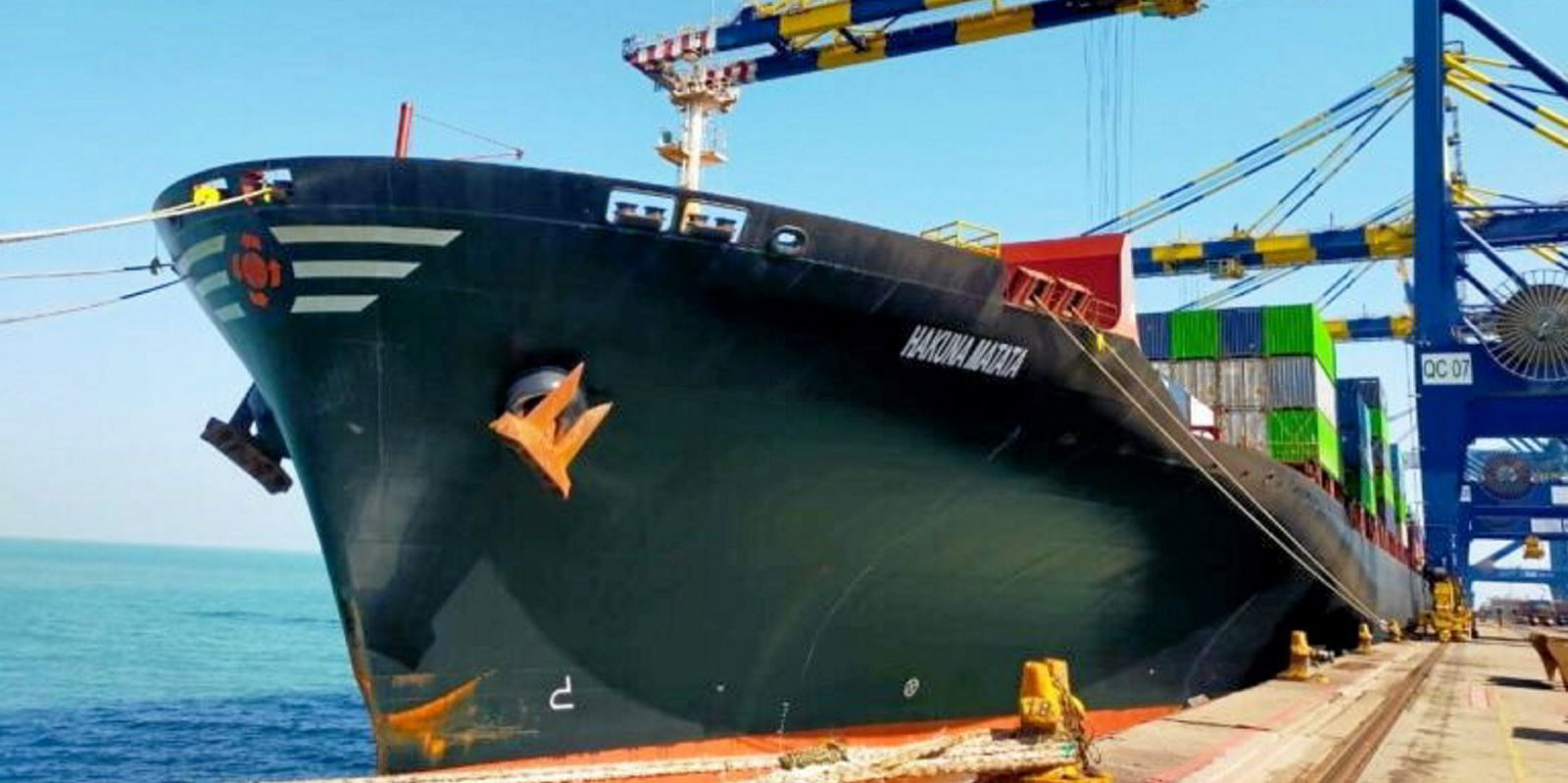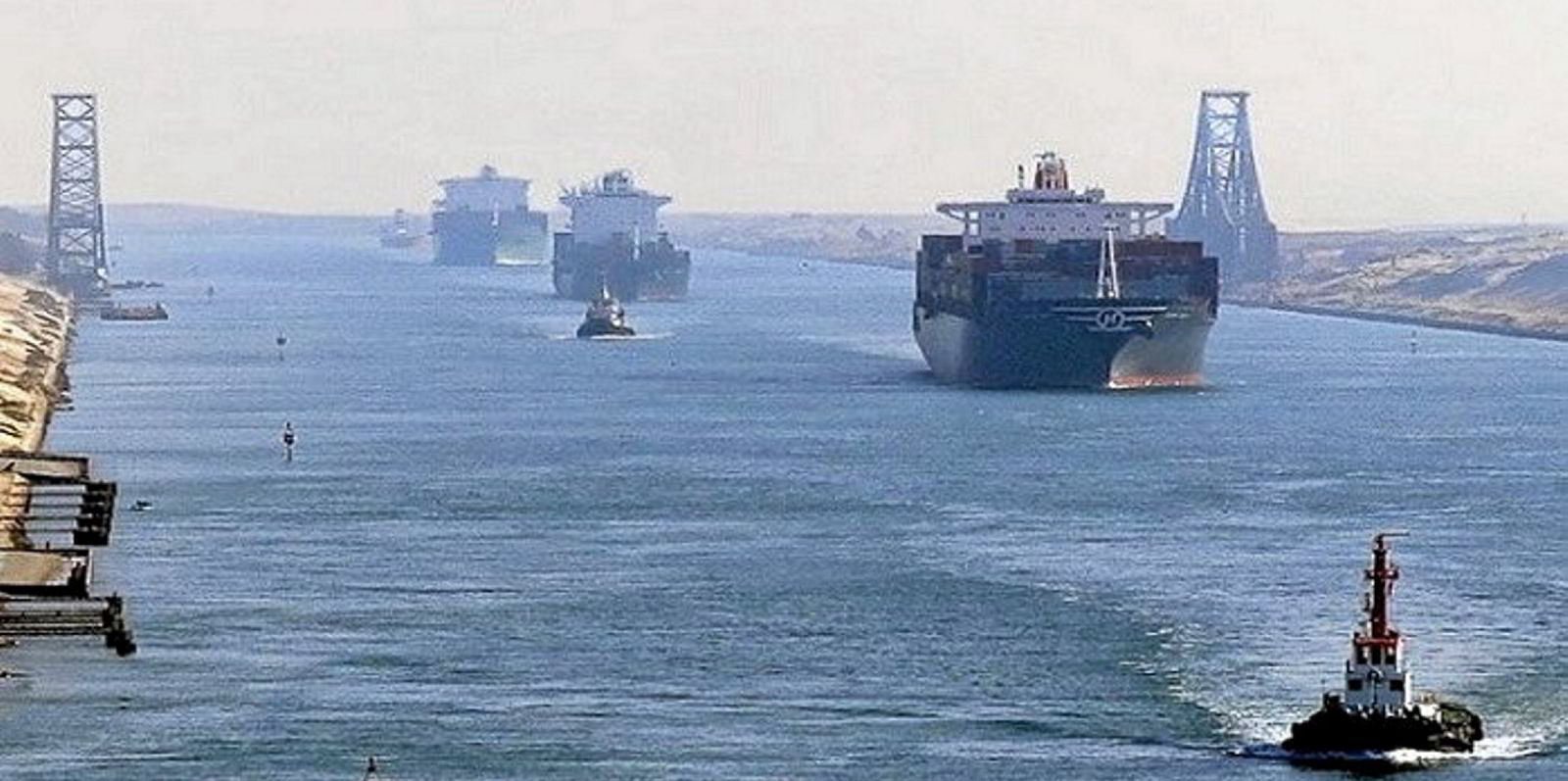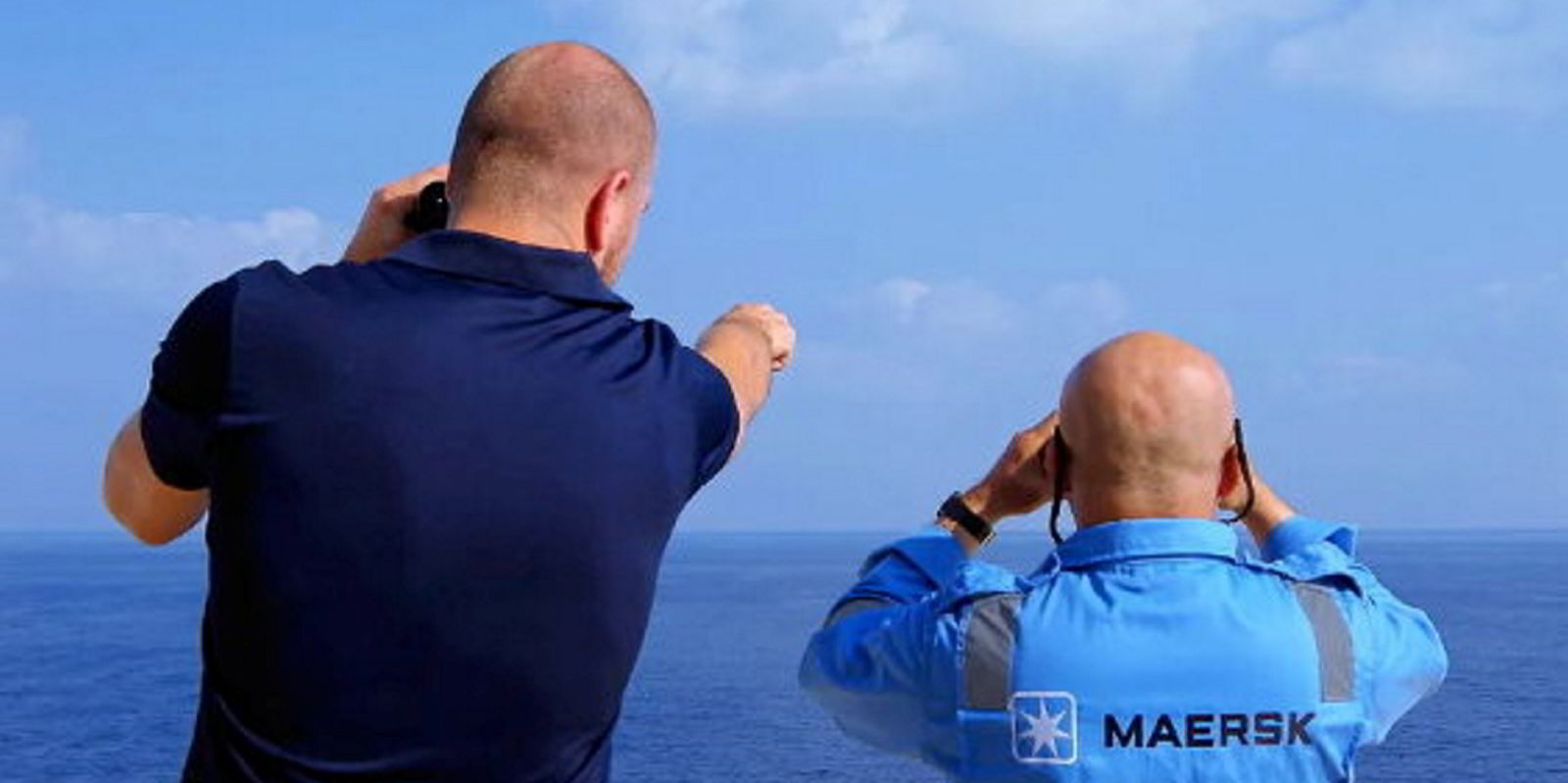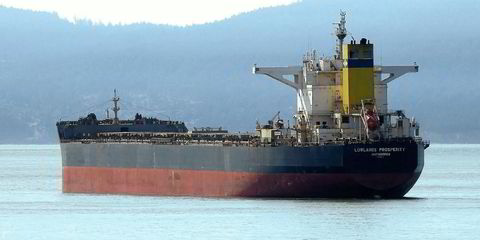Container shipowners are set to cash-in on higher charter rates due to the widening impact of the Red Sea crisis.
The additional demand is led by a number of Chinese operators that have put out time-charter requirements for units which are able to transit the region, says shipbroker Clarksons.
“Some charter owners have been evaluating requirements and providing offers at elevated levels given the heightened risks in the area,” the shipbroker noted.
Some Red Sea operators are already paying premiums to charter vessels.
SeaLead Shipping, which this month launched a new service directly connecting Saudi Arabia with Yemen and Djibouti, is digging deep to secure charter vessels.
The Singapore-headquartered company is paying nearly $15,000 per day for the fixture over three to five months of the 1,700-teu Haian East (built 2008).
That is around $5,000 more than what it paid to take the 1,700-teu Haian West (built 2007) for a similar period in October.
The Vietnamese-owned Haian West is deployed in SeaLead’s newly launched Red Sea service, which remains in operation, a spokesperson said.
New dynamics
Charter markets might normally be expected to remain quiet until after the Chinese New Year in February, but the Red Sea crisis has changed the dynamic.
With roughly half the container fleet that normally transits the Suez diverted around Cape of Good Hope, lines are reevaluating their charter market needs given the longer transit.
Around 350 of the 620 container vessels on strings that regularly transit the Suez Canal have or are scheduled to be diverted as of 28 December, according to estimates by digital freight forwarder Flexport.
That has seen liners demand more extra loaders, while several operators have withdrawn previously declared redelivery notices, according to Braemar.
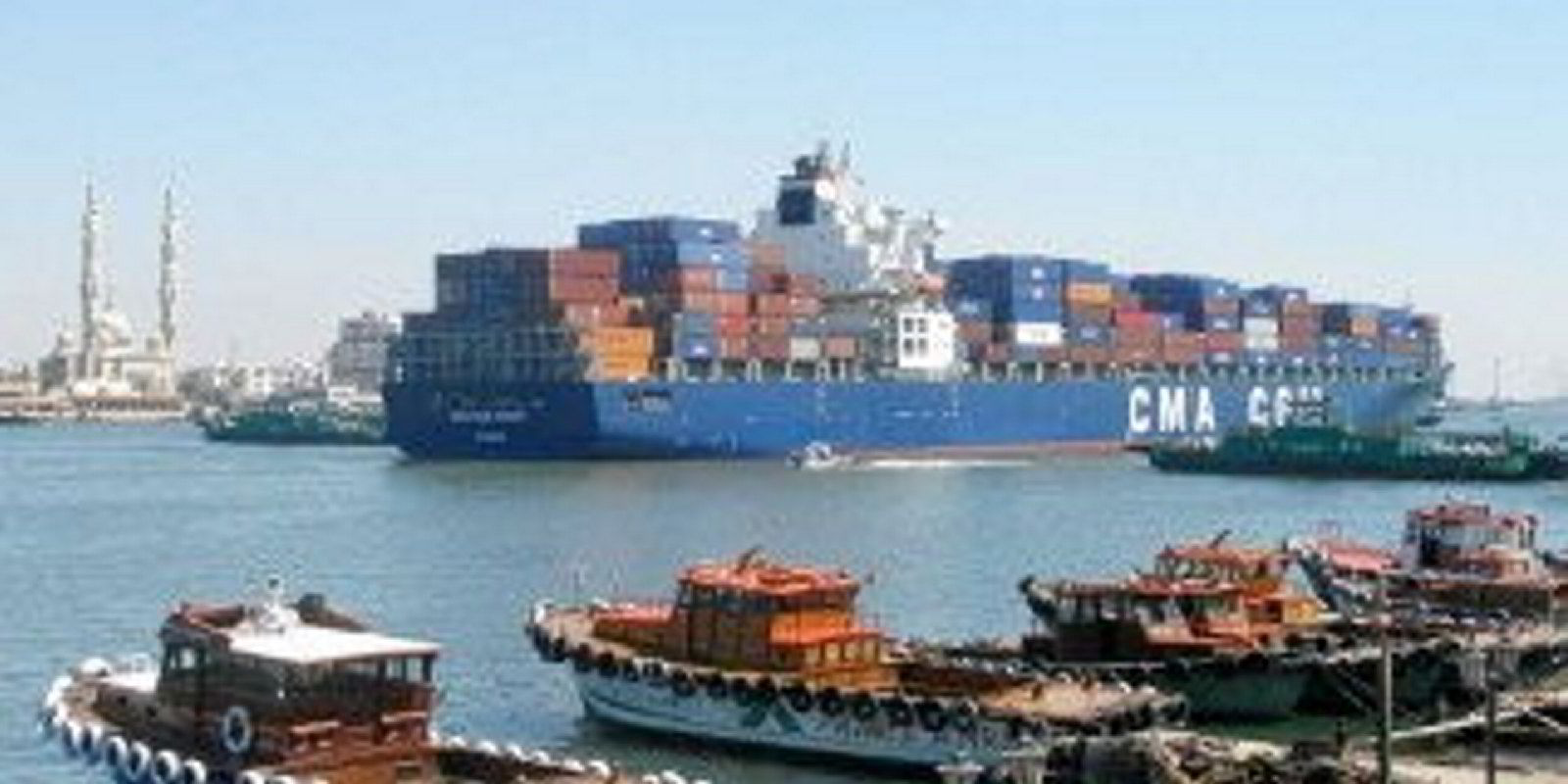
“Before Suez, tonnage looked questionable for January with an influx of feeder newbuilding as well as a firm number of vessels on redelivery notice prior to the holiday in Asia,” the shipbroker noted.
“Now the supply through the week has rapidly shrunk and operators will now face issues to cover their demand.”
The tightening market is reflected in the lower number of inactive cellular ships, which is down to 248 ships of 1m teu, according to Alphaliner.
“Prior to the outbreak of hostilities in the Red Sea region, inactive tonnage had been expected to grow rapidly as carriers retrenched their fleets in the face of lower rates. So far, that has not been the case,” the analyst said.
Prolonged crisis
A prolonged crisis in the Red Sea would likely stimulate additional chartering demand as liners require additional units to maintain previous sailing frequency, says Clarksons.
That might “add some ‘resilience’, and even some gains, in the mid-sized charter market in particular, where available charter supply remains limited”, the shipbroker noted.
Longer term, the stimulus of demand could help lift boxship asset values.
Chinese players have been active buyers in recent weeks having reportedly acquired a trio of older traditional panamax-sized vessels.
The 4,892-teu Zhong Gu Fu Jian (built 2010) has been sold to Tangshan Hede Shipping for around $18m, say brokers.
Chinese buyers are also believed to have paid $14m for the 4,713-teu Zhong An Xin Hua Yuan (built 2002) and $11m for the 4,250-teu Rotterdam Bridge (built 2001), brokers add.
